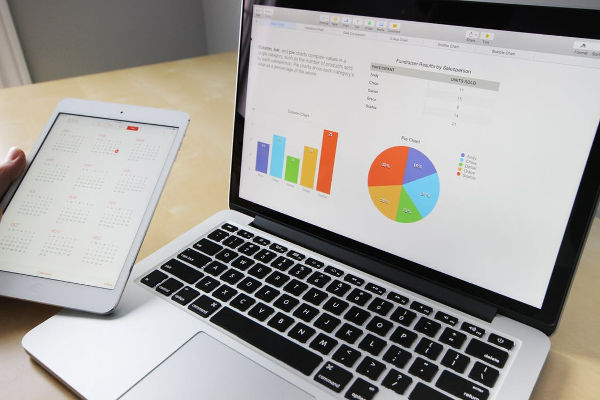To some, macroeconomics is merely the study of individual metrics and how they influence the behaviour of the aggregate economy. This is a basic and not entirely satisfying definition since it also focuses on trends within the economy and the impact that they have on business practices such as recruitment, payroll and employee benefits.
In this respect, macroeconomics can be a key driver of HR management and strategy decisions. More specifically, the study of macroeconomics and developing a greater understanding of the aggregate economy can help HR managers think more like economists, driving more informed decisions and increasingly profitable businesses in the process.
3 Ways in Which Understanding Macroeconomics Can Help Influence HR Decision-making
To understand this in more depth, it is important to address the familiar challenges associated with HR management, before exploring how a deeper understanding of macroeconomics can help to resolve them. For example:
1. Recruiting Relevant and In-demand Skills
Recruitment is central to the success of any business, particularly in competitive markets that rely on innovation. More specifically, the population continues to age and the rapid pace of technological advancement creates a skills gap in numerous sectors. Bridging this remains a huge challenge in the modern age.
From a deterministic standpoint, one of the key rules that underpins macroeconomics is supply and demand, as the relationship between these two diametrically opposed entities drives consumer and economic behaviour. It can also be applied to the skills gap that is starting to appear in certain industries, helping HR managers think more like economists and create innovative solutions that tackle the issue of supply directly.
In this instance, this would include introducing new skills into the business through targeted recruitment and training, as well as networking to streamline the process of acquiring new talent.
2. Understand the Process of Remunerating Overseas Workers
One way in which companies have bridged the skills gap is by recruiting remote workers from a global pool of talent, with contractors employed according to the demands of each individual project.
Remunerating overseas workers is challenging, however, thanks to the type of variable currency rates and market fluctuations reported by trading platforms such as FX Pro. Understanding the growth and devaluation of relevant currencies and the impact that they have on other macroeconomic factors (such as inflation) remains a key learning process for HR representatives, as it helps them to establish viable hourly rates and time the recruitment of remote workers in a way that minimises costs.
3. Use Macroeconomic Trends to Shape Your Employee Benefits
In recent times, there has been a shift towards diverse and creative employee benefits, such as the forwarding of discounted gym memberships. This type of benefit is secured through commercial partnerships, while also help employees reduce their monthly living costs and enjoy a superior work-life balance.
This is also an example of how understanding a macroeconomic trend (such as increased inflation and the rising cost of living) can be translated into a direct benefit, and one that actively reduces your employees monthly cost of living. Such an ethos can be applied to create an adaptable and truly relevant employee benefits package, and one that helps significantly with the retention and acquisition of talent.
Download the white paper and see how you can create an integrated, engaging employee experience using people analytics!
Image via Pexels.com






Leave A Comment